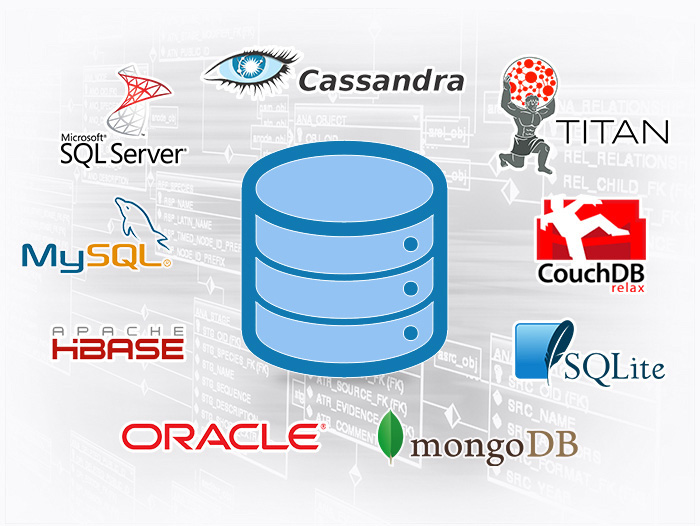
Introduction:
Several names stand out in the large field of database systems, each providing distinctive characteristics and capabilities. We’ll examine some well-known database systems in this article, including MongoDB, MySQL, and Oracle, while highlighting their primary features and application scenarios. Knowing these systems will make it easier for you to explore the database landscape and select the best option for your unique needs.
MongoDB: MongoDB uses a document-oriented data model and is a well-known NoSQL database. It supports dynamic schemas and simple scalability by storing data in adaptable documents that resemble JSON. MongoDB excels at handling unstructured or semi-structured data, which makes it the perfect choice for programmes that deal with massive amounts of constantly changing data, such as content management systems, real-time analytics, and social media platforms.
MySQL: Based on the SQL language, MySQL is a popular relational database management system (RDBMS). Data is arranged into pre-defined tables with pre-established structures, and relationships are imposed using primary keys and foreign keys. Because of its use for a variety of applications, including web applications, e-commerce platforms, and content management systems, MySQL is famous for its dependability, scalability, and performance.
Oracle: Oracle Database is a comprehensive relational database management system (RDBMS) that provides a wide range of features and functionalities for enterprise-level applications. It offers strong data management, large scaling, and cutting-edge security features. When data integrity, performance, and security are crucial, large-scale settings like those in the banking, finance, healthcare, and government sectors frequently use Oracle Database.
Microsoft SQL Server: Another strong RDBMS made for Windows-based systems is Microsoft SQL Server. With features for data retrieval, storage, analysis, and reporting, it offers a comprehensive data management solution. Enterprise applications, corporate analytics systems, and e-commerce platforms all frequently employ SQL Server. It features a user-friendly interface and seamlessly connects with other Microsoft technologies for simple management.
PostgreSQL: Popular for its dependability, versatility, and adherence to SQL standards, PostgreSQL is an open-source RDBMS. Numerous sophisticated capabilities are available, such as support for complex queries, geographical information, and full-text search. PostgreSQL is appropriate for a variety of applications, including data warehousing, web applications, and GIS (Geographic Information Systems).
Conclusion:
For a variety of applications, database systems are essential for managing and organising data. A few examples of well-known database systems include MongoDB, MySQL, Oracle, Microsoft SQL Server, and PostgreSQL, each with its own advantages and applications. Making informed selections when selecting the best database solution for particular requirements requires an understanding of the features, functions, and intended uses of these systems. Choosing the right database system is essential for developing effective, secure, and scalable applications, whether you require a flexible NoSQL database like MongoDB, a dependable and scalable RDBMS like MySQL, or an enterprise-grade solution like Oracle.
4 responses to “Demystifying MongoDB, MySQL, Oracle, and More: Understanding Database Systems and Their Applications”
good
LikeLike
nice work
LikeLike
keep up the good work
LikeLike
Nice one
LikeLike